Why Fiber Is So Important
Fiber is a part of plant food that our body cannot fully break down. But that does not mean it is useless. Actually, fiber helps our health in many scientific ways.
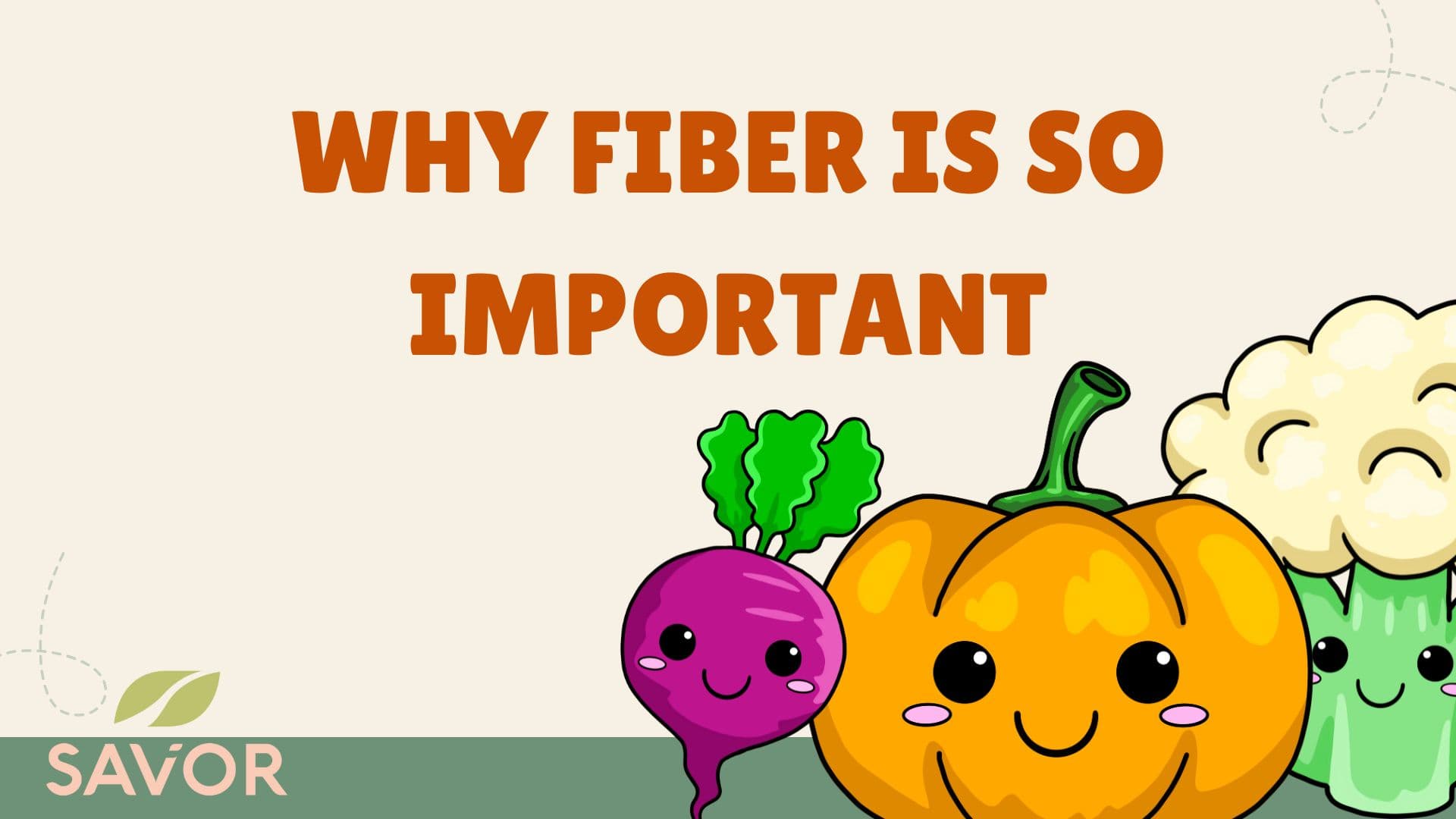
Why Fiber Is So Important
Fiber is a part of plant food that our body cannot fully break down. But that does not mean it is useless. Actually, fiber helps our health in many scientific ways.
Let’s break it down.

The Best Things About Fiber
When we talk about fiber there are 2 kinds. Insoluble fiber adds bulk to stools, so they pass more easily. Soluble fiber makes things softer by absorbing water. These 2 types combine to aid digestion.
Soluble fiber also slows the digestion of sugars, so your blood sugar doesn’t rise too fast after meals.
Some fibers trap cholesterol in the gut, so less is absorbed into the bloodstream. That helps reduce risk of heart disease.
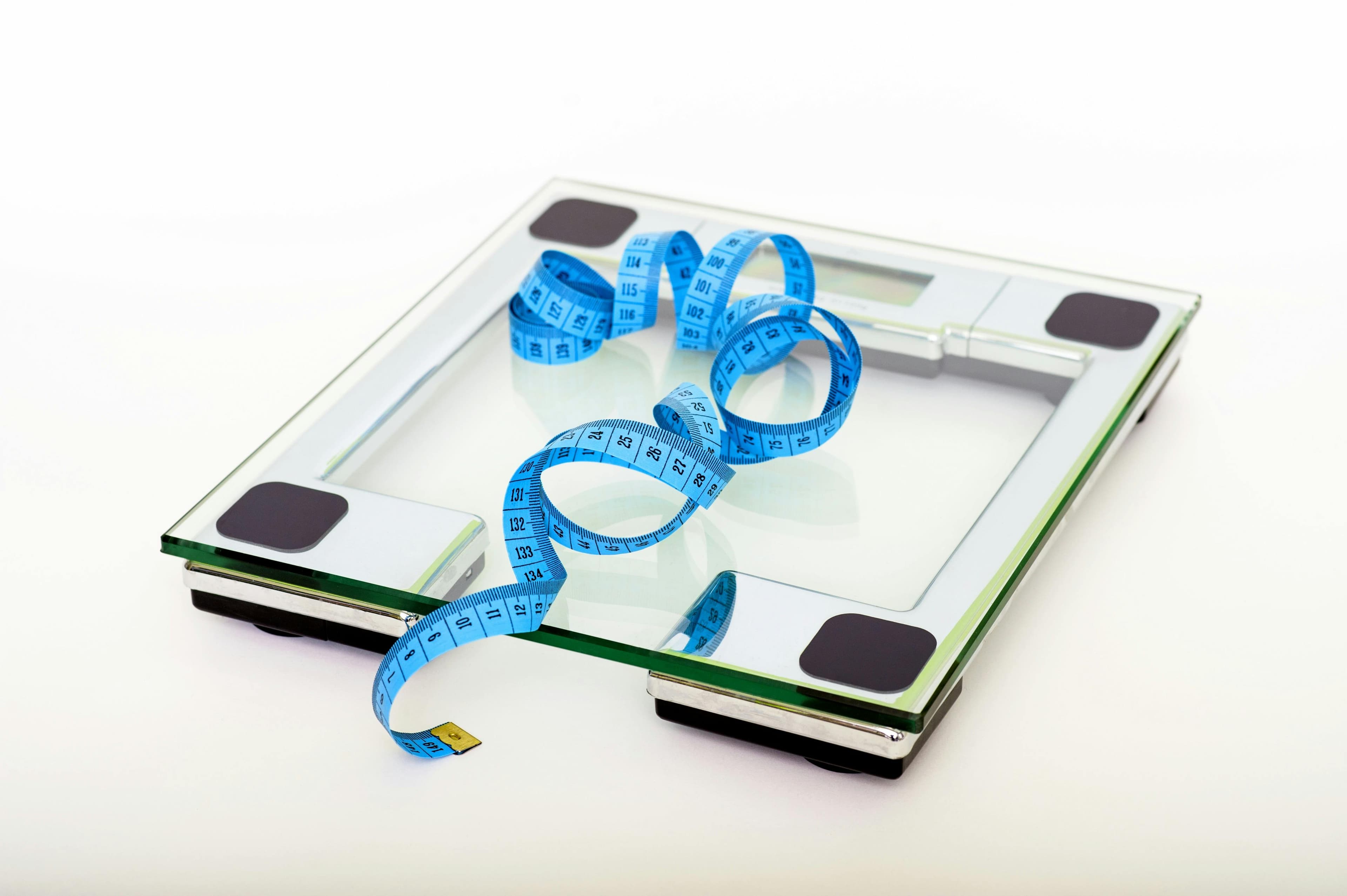
Weight Loss and Diabetes Protection
Because fiber makes you feel full, you may eat less overall. This helps prevent gaining too much weight.
Fiber feeds good bacteria in the gut like Bifidobacteria and Lactobacilli which produce substances that protect the gut lining and reduce inflammation.
Because of these effects, not having enough fiber is linked with higher risk of diabetes type 2, higher cholesterol, possibly some cancers, gut problems, and other health issues.
Good Sources of Fiber
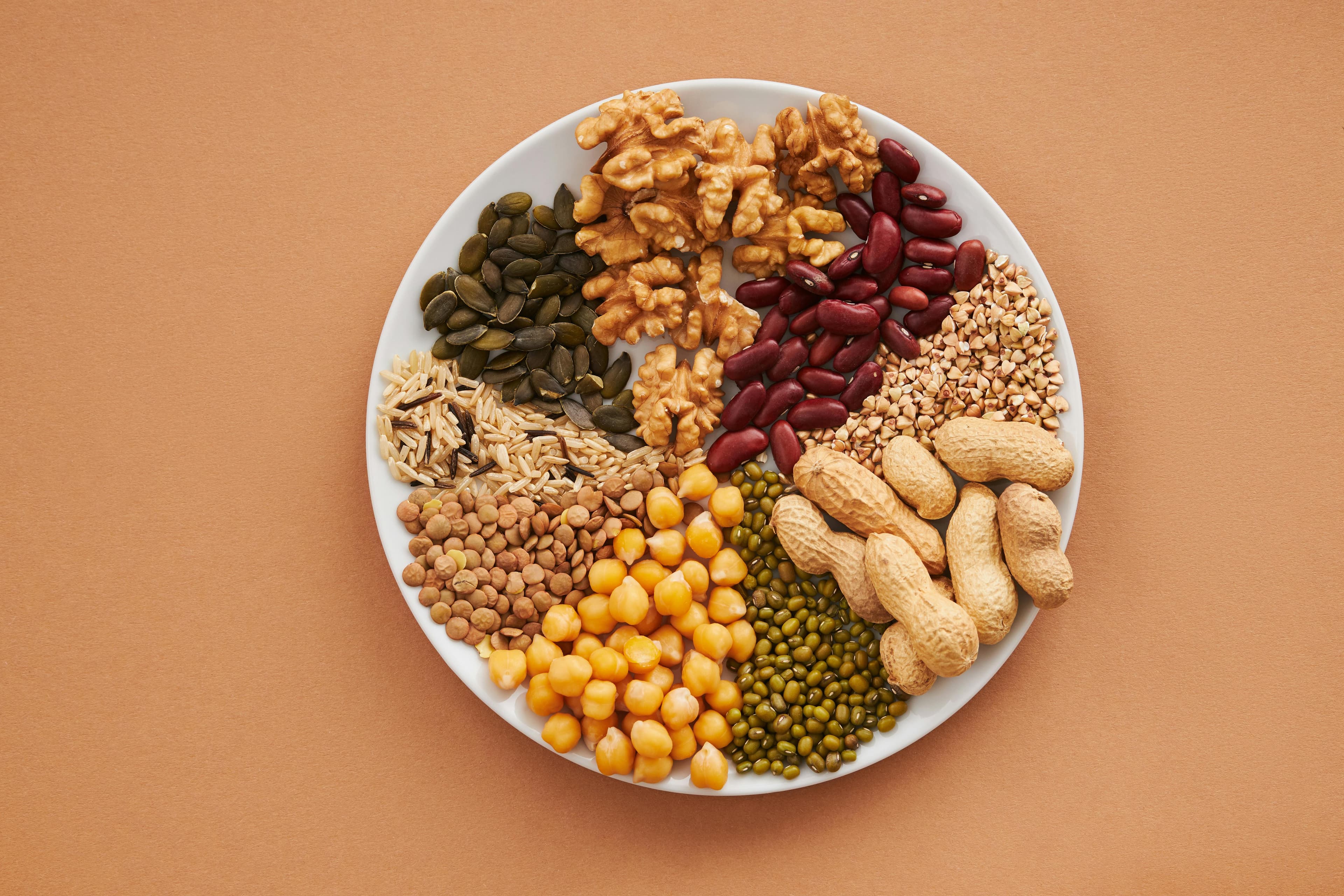
Beans, lentils, and legumes such as chickpeas, black beans, split peas, pinto beans, and soybeans are some of the richest sources of fiber. Many types provide about 10 to 20 grams per cup (or around half a cup cooked). They are excellent sources of both soluble and insoluble fiber, and they also supply protein, making them a very filling and balanced choice.
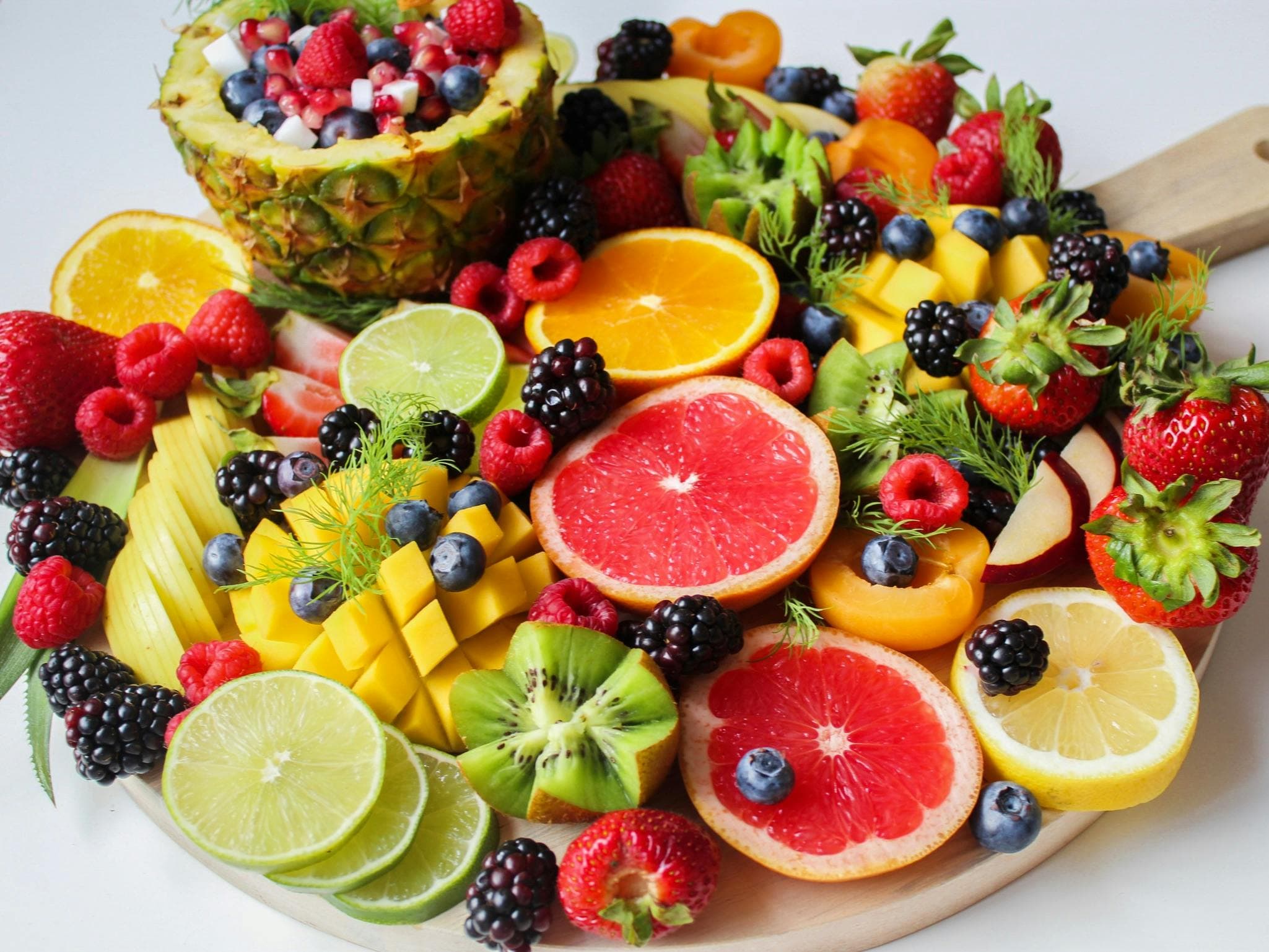
Fruits like guava, berries (raspberries, blackberries), pears, and apples with the skin are also high in fiber. For example, guava contains around 8 to 9 grams per cup, while raspberries have about 8 grams per cup. These fruits not only give fiber but also supply vitamins and antioxidants. Often, the skins or seeds hold a large portion of the fiber.
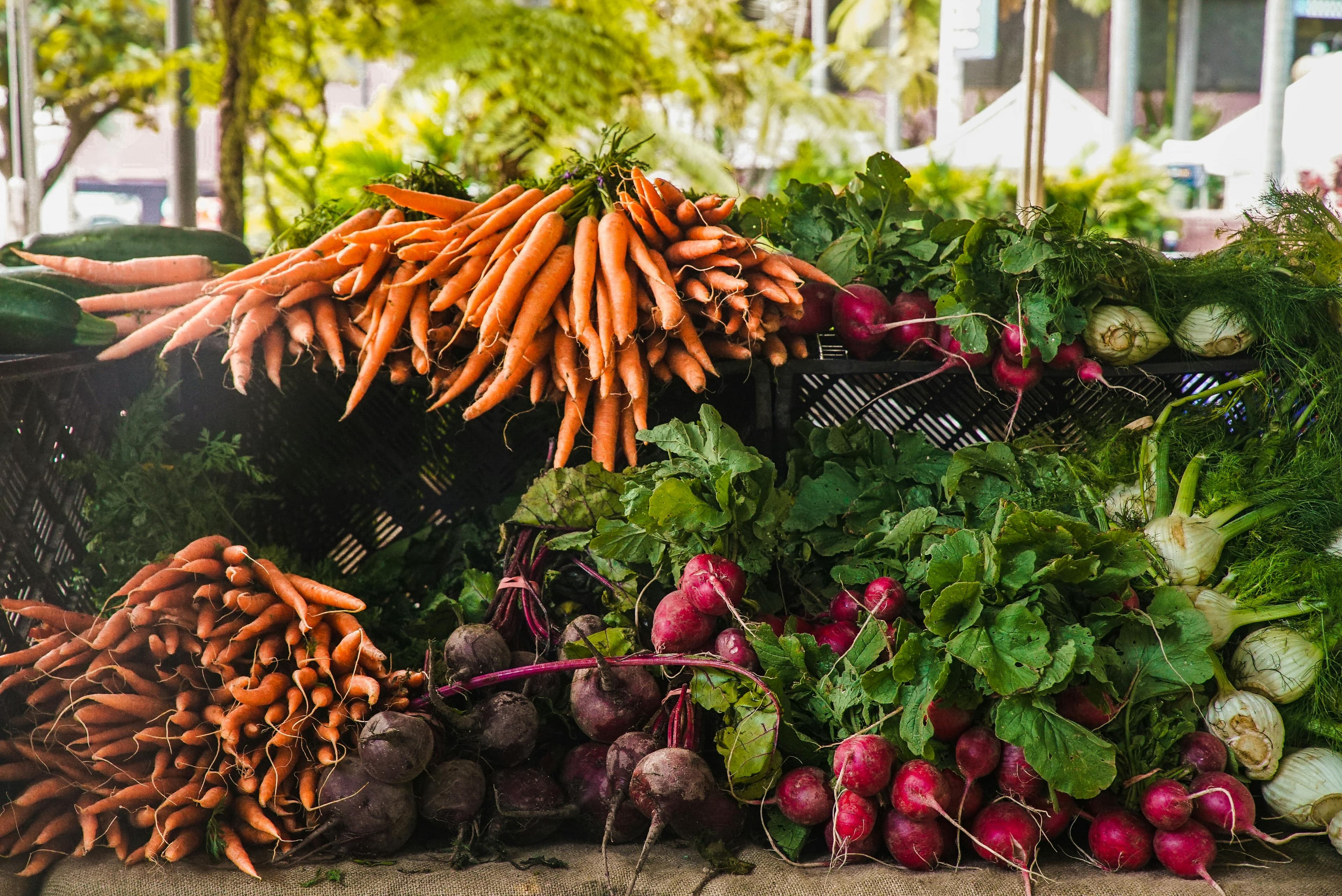
Vegetables such as broccoli, sweet potatoes, carrots, squash, and leafy greens are great everyday fiber sources. A cup of cooked sweet potato has about 6 to 7 grams, while broccoli and other vegetables usually give 3 to 6 grams per cooked cup. Besides fiber, they provide minerals and help you feel full without many calories.
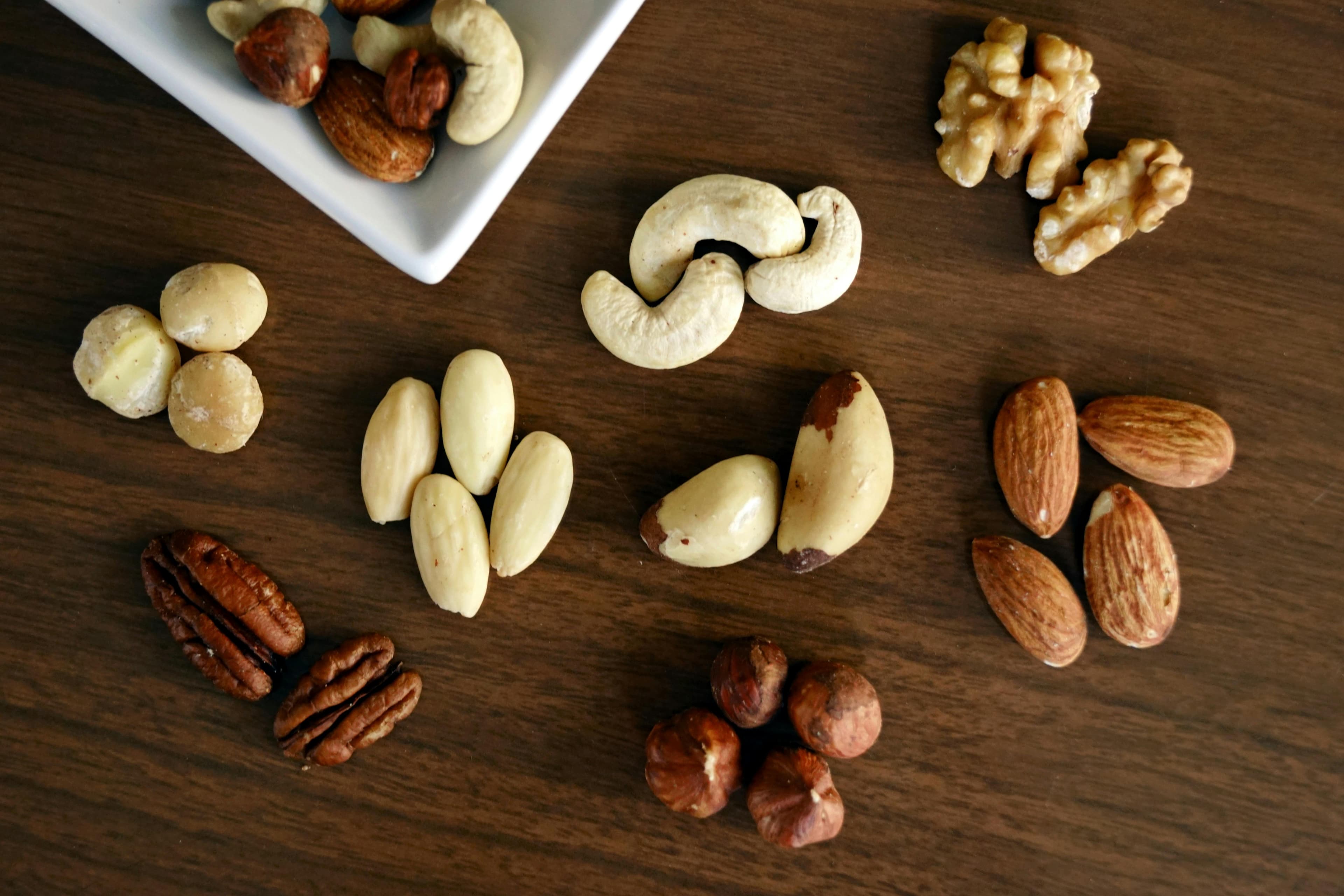
Nuts and seeds including almonds, chia seeds, flaxseeds, and sunflower seeds are another good option. Chia seeds, for example, have around 10 grams per ounce. Almonds and sunflower seeds also contain decent amounts. Because nuts and seeds are calorie-dense, portion control is important, but they are very useful for boosting fiber.

Whole grains like oats, barley, whole-wheat products, and quinoa give about 5 to 7 grams of fiber per cooked cup. Whole-grain pasta or barley are good examples. Choosing whole grains instead of refined grains makes a big difference in fiber intake and overall nutrition.
Some examples specific from a Women’s Health article:
Chickpeas: around 24.5 grams per cup cooked.
Black beans: around 16.5 grams per cup cooked.
Avocado (medium): about 9 grams of fiber.

How Much Fiber Is Good Daily
For adult men (ages about 19-50): 31-34 grams/day. For older men (over 50), slightly less.
For adult women (19-50): about 25-28 grams/day. For women over 50: around 22 grams/day.
Another way: 14 grams of fiber for every 1,000 calories eaten. So if you eat ~2,000 calories a day, that works out to ~28 grams of fiber.
Unfortunately, many people don’t reach these amounts. For example a Harvard article says most people eat less than half of what is recommended.
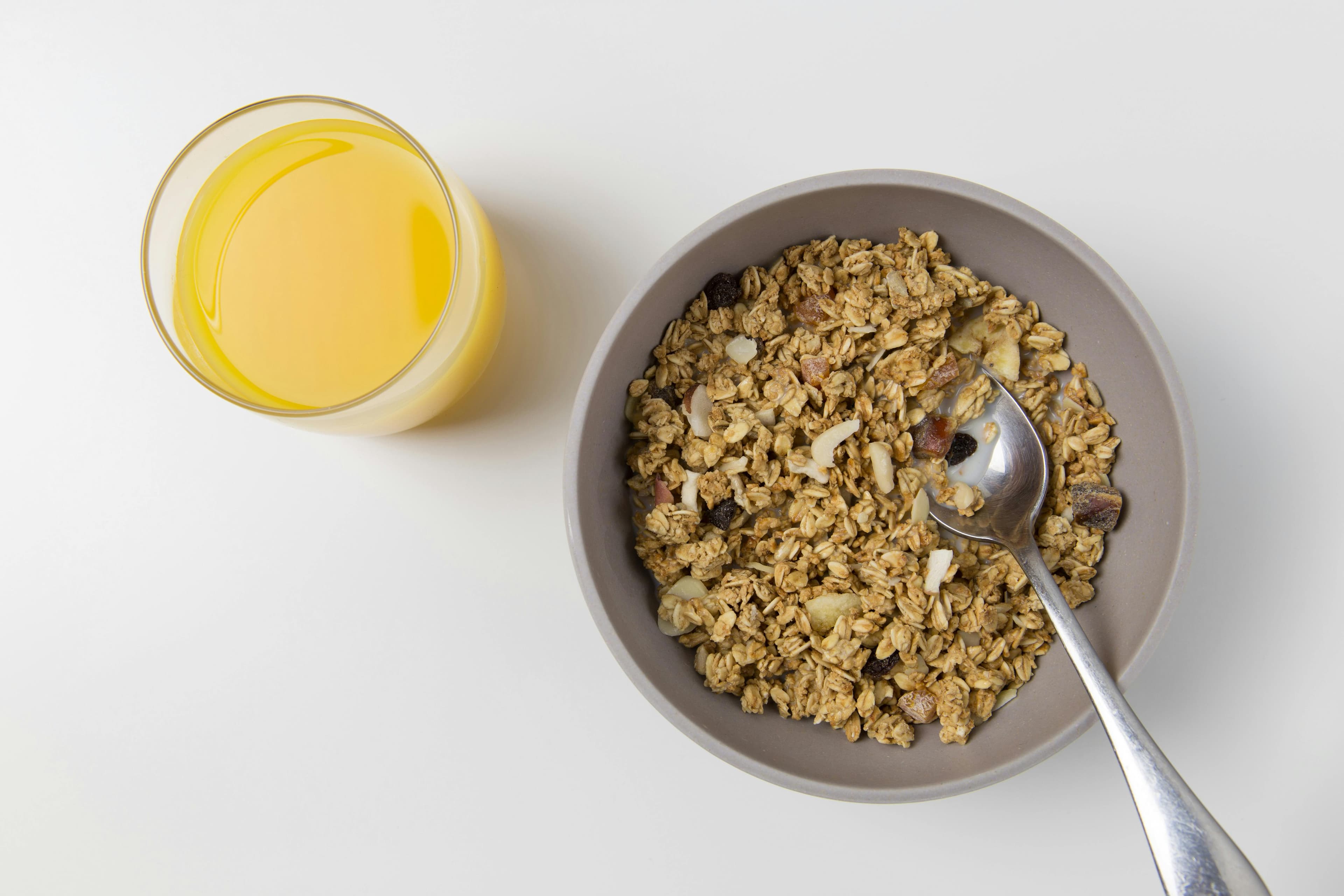
Practical Tips
Here are some tips to help add fiber to your diet:
Use local foods: include legumes such as mung beans, red beans, lentils; tropical fruit like banana, papaya, guava; local vegetables like spinach, kangkung, sayur manis, sweet potato (ulam keledek), yam; whole grains like brown rice, red rice, whole-grain oats if available.
Replace white rice with a mix of white + brown rice at first if full switch hard.
Add fiber gradually. Sudden increase can give gas or bloating. Drink enough water.
Eat skins when possible (like apple skin, cucumber skin) if clean.
Snack smart: nuts, fruits, seeds instead of highly processed snacks.
Sources:
Women’s Health: 42 High-Fiber Foods That Should Be On Your Plate Every Day, According To Nutritionists
Harvard Health Publishing: The facts on fiber: How much do you need, and why don't you eat enough?
MSN: 9 Out of 10 Americans Don't Get Enough Fiber—Here's How Much You Really Need
Love great food and exclusive perks? Sign up as a Savor of Life member today and enjoy FREE FOOD with your main dish! Don't miss out—join now!
👉 Claim your reward here: Savor of Life Membership Offer
Planning an event? Let Savor of Life bring the flavors to you! From social gatherings to large celebrations, our catering services offer delicious, high-quality meals tailored to your needs.
📅 Book now and make your event unforgettable! → Savor of Life Catering
Ready to transform your wellness with specially made meals? Sign up for our Savor Transform 10-Day Challenge and enjoy exclusive perks, special offers, and unforgettable meals!
👉 Join now: Savor Transform